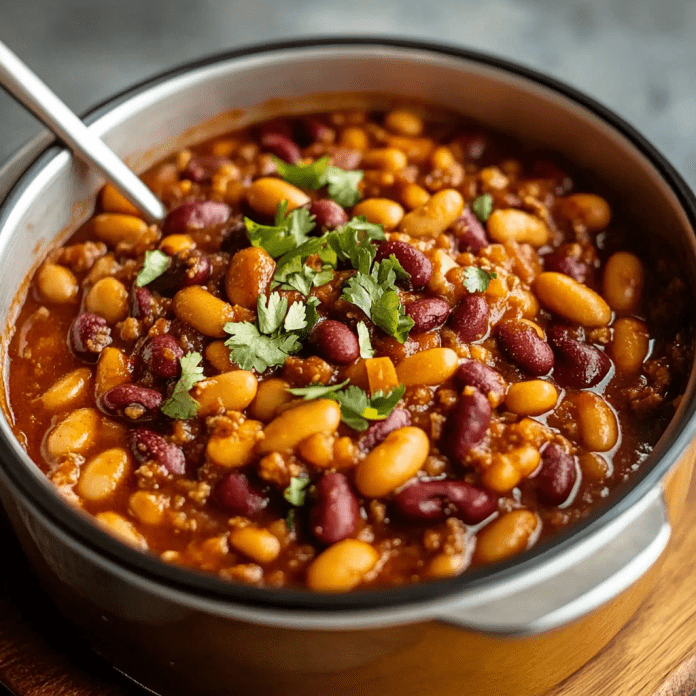Chili is more than just a dish—it’s a topic of intense debate among culinary enthusiasts, with opinions divided sharply over one particular ingredient: beans. Whether you’re a staunch traditionalist or a culinary innovator, everyone seems to have a strong opinion on whether beans belong in a true bowl of chili. Today, we delve into this delicious debate and make a case for why beans might just deserve a place in your chili pot.
Why This Debate Matters
If you love food, cooking, or just a good bowl of chili, this discussion is for you. Exploring the arguments for and against beans in chili not only enriches your culinary knowledge but might also challenge or reinforce your views on what makes chili genuinely authentic. So, let’s embark on this flavorful journey through the history, nutrition, and culinary versatility of bean-inclusive chili.
A Brief History of Chili
Understanding the origins of chili is crucial to the beans vs. no-beans debate. Originating from Texan and Mexican cuisines, traditional chili con carne was a simple stew consisting mainly of meat and chili peppers. As chili gained popularity and spread across various regions, its recipe evolved, with many adding ingredients like beans for added texture and flavor.
The Case for Beans in Chili
1. Nutritional Boost: Beans are rich in protein, vitamins, and minerals, enhancing the dish’s nutritional value. They complement the meat well, providing a balanced protein profile, and are high in fiber, which aids digestion and enhances gut health.
2. Flavor and Texture Enhancements: Beans absorb and amplify the flavors of the spices and meats they’re cooked with, contributing to a richer culinary experience. They also add a creamy texture that contrasts nicely with the meat, enhancing the overall mouthfeel of the dish.
3. Culinary Creativity and Flexibility: Adding beans introduces a layer of customization to chili. You can choose from various beans like kidney, pinto, or black beans, each adding its unique flavor and texture. Beans also make the dish more budget-friendly and accessible for larger groups.
Arguments Against Beans in Chili
Despite the benefits, many purists argue that beans dilute chili’s traditional essence, which should focus on meat and peppers. This perspective values historical authenticity and the preservation of the original culinary techniques that defined early chili recipes.
Why Beans Belong in Chili
While the debate is far from settled, the inclusion of beans in chili offers numerous benefits, from enhanced nutrition and richer flavors to greater flexibility in recipe customization. Whether you’re making a heartier meal to feed a crowd or catering to different dietary preferences, beans can play a pivotal role in elevating your chili.
Conclusion: Embrace the Bean
The beans-in-chili debate showcases the dynamic nature of culinary traditions and personal taste preferences. While some may prefer their chili strictly traditional, others find that beans add a welcome dimension to the dish. By understanding both sides of the argument, you can better appreciate chili’s rich history and culinary diversity, and perhaps find your perfect chili recipe—beans or no beans.
Ultimately, chili should be a dish that brings comfort and joy, whether it’s served with beans or sticks to its meaty roots. So why not keep an open mind and maybe even a pot of bean-inclusive chili on your stove? After all, the best recipe for chili is the one that tastes like home to you. Happy cooking!


